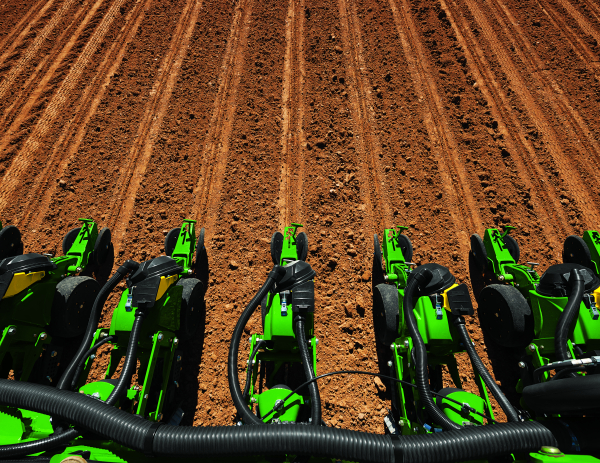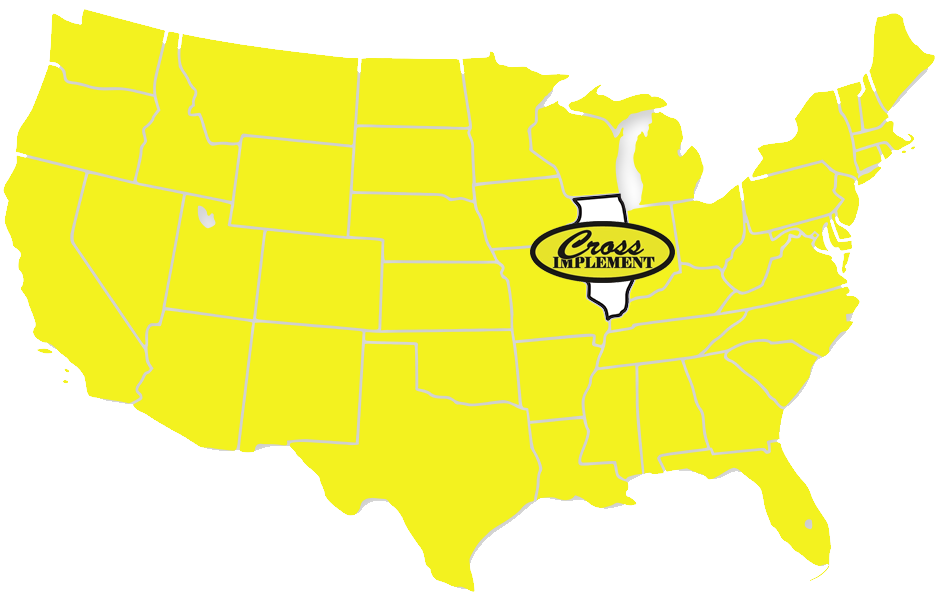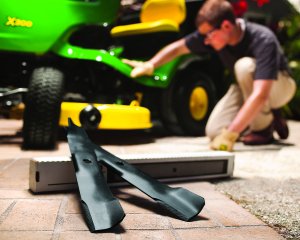News Information

What is With Planter Unit Upforce?
04/12/2024
When it comes to downforce decisions on the planter, some producers may ask, “What about upforce?”
John Deere Planter
Read Story

John Deere Operations Center Spring Training
03/21/2024
Check Out the Latest How To Videos from John Deere For this Spring. Using Work Planner, How to Create Boundaries
John Deere Operations Center
Read Story

Unverferth ProForce PreSeason Prep
03/07/2024
The right preparation ensures that your equipment runs smoothly when the narrow application window arrives. Use this checklist to help prepare your Pro-Force dry spreader for the upcoming spring application season.
Unverferth Equipment
Read Story

2024 John Deere Spring Clinic March 12 8:15-11:30
03/04/2024
2024 John Deere Spring Clinic March 12 2024 8:15-11:30 @ Cross Implement 703 S Minier Ave Minier IL
Planter & Tractor PreSeason Service Tips | New See & Spray Technology | 8R with Autonomy Prep G5 Display & 7500 Receiver | Operations Center Updates | Product Improvements & Retrofit Options
John Deere Customer Event
Read Story

John Deere See & Spray Sprayer Demos Spring 24
02/03/2024
Reachout to Your SalesPerson to Signup One of Your Fields for a John Deere Sprayer See & Spray Demo This Spring.
There is Limited Availablity and the Field Must be Located in Tazewell, Logan or...
John Deere Sprayer
Read Story

Deere Compact Track Loader Onboard Grade Indication
01/29/2024
Industry-exclusive Onboard Grade Indication option on the Deere Compact Track Loader is available through the factory or field kit and provides cross-slope (roll) and main-fall slope (pitch) of the machine within the in-cab monitor display.
Commercial Worksite
Read Story

John Deere Spring Parts Catalog 2024
12/02/2023
John Deere Parts Catalog Spring 2024 PreSeason Saving on Parts, Equipment, Supplies, and More
John Deere Parts
Read Story

John Deere 7000 Receiver
03/03/2023
The StarFire™ 7000 Receiver offers a new correction level with accuracy like RTK Radio. The SF-RTK correction level provides 2.5-cm (1-in.) horizontal accuracy without the need for additional hardware. This is an improvement of 17 percent from the previous generation of StarFire receiver with SF3. The SF-RTK signal uses two additional satellite constellations (BeiDou and Galileo) as well as both GPS (United States) and GLONASS (Russia) satellites.
John Deere Precision Ag
Read Story

Checkout Relevant Software Updates for Spring 2023
02/27/2023
Make Sure Your John Deere Displays are Up to Date for the Upcoming Spring Season
John Deere Precision Ag
Read Story

John Deere Gator Attachment Configurator
02/23/2023
Looking for Attachments for Your John Deere Gator? Save Now on Select John Deere Attachments.
John Deere Gator
Read Story


